Moving into a new home is an exhilarating milestone, marking the beginning of a new chapter in your life. However, with this excitement comes the crucial task of ensuring your new space is safe and secure. One of the first and most important steps is changing your door locks and updating your garage door opener code. This comprehensive guide will walk you through these essential tasks, providing you with the confidence to handle them yourself or decide when it’s best to call in a professional.
Table of Contents
- Why Change Your Locks
- What You’ll Need to Change Your Door Locks
- Step-by-Step Guide to Changing Your Door Locks
- Prioritize Safety
- When to Call a Professional
- Cost of Changing Locks
- Changing Your Garage Door Opener Code
- Step-by-Step Guide to Updating Your Garage Door Opener Code
- When to Hire a Professional for Garage Code Changes
- FAQs
Why Change Your Locks?
Security and Peace of Mind
The primary reason to change your locks is to enhance security. Knowing that only you and your family have access to your home is essential for peace of mind. Previous owners, real estate agents, or even contractors might still have keys to your new house. Changing the locks eliminates this risk.
Prevent Unauthorized Access
By changing the locks, you ensure that no unauthorized person has access to your home. This is particularly important if the home has had multiple owners or tenants.
What You’ll Need to Change Your Door Locks
Essential Tools and Supplies
Before you start, make sure you have all the necessary tools and supplies. Here’s what you’ll need:
- New locks: Purchase a new lock for each door. A standard deadbolt kit includes all required pieces, such as mounting hardware and the interior turner.
- Measuring tape: Measure your current lock size to ensure compatibility.
- Screwdriver: Depending on your existing hardware, you may need a flathead or Phillips head screwdriver. A 4-in-1 screwdriver can be handy.
✅ Check Out Our List of The Top Front Door Locks
Step-by-Step Guide to Changing Your Door Locks
Remove the Old Deadbolt
- Locate and Remove Screws
- On the interior side of the lock, locate and remove the screws.
- Open the door and remove the screws on the side of the lock.
- Take Out the Deadbolt Hardware
- Remove the deadbolt hardware from the door.
Insert Your New Deadbolt
- Position the New Deadbolt
- Position the new deadbolt where the old one was, ensuring the “up” side is correctly oriented.
- Secure with Mounting Hardware
- Use the provided mounting hardware to secure it in place.
Insert Your New Lock
- Fit the Locking/Key Part
- Fit in the locking/key part and the turning part of your new lock.
- Secure with Screws
- Secure them with the screws from your deadbolt assembly kit.
Test the New Lock
- Ensure Proper Functionality
- Ensure the new lock functions correctly by testing it with both the key and the interior turner.
Prioritize Safety
Start with Main Entry Points
Begin with the front door and then move to other exterior doors. Interior door locks can be changed later. Don’t forget to update your garage code for added security.
When to Call a Professional
Old Houses and Vintage Locks
If your house has vintage locks, finding replacements can be challenging. A professional locksmith can help source and install compatible locks.
Master Key Systems
Installing a master key system, where one key opens all doors, can be complex and is best handled by a professional.
DIY Confidence
If you’re not confident in your DIY skills, prioritize your safety by hiring a locksmith. It’s better to be safe than sorry.
Cost of Changing Locks
DIY Costs
A new deadbolt kit typically costs around $35 to $200. This is a cost-effective option if you’re comfortable doing it yourself.
Professional Costs
Hiring a professional for installation costs about $150, plus the price of the lock. Smart locks may cost more, but they offer additional security features.
Changing Your Garage Door Opener Code
Importance of Updating Your Garage Code
Remember to reset the devices that control your garage door opener. This security step helps prevent anyone with an the previous owners garage door opener to access to your new home and helps to protects everything in the garage, including all those boxes waiting to be unpacked.
Step-by-Step Guide to Updating Your Garage Door Opener Code
Erase and Reset Codes on the Opener
- Find the Learn Button
- Find the Learn button on the back of the motor housing of your garage door opener.
- Press and Hold the Learn Button
- Press and hold the Learn button for at least 6 seconds until the LED light goes out. This action clears the old codes.
Reprogram The First Remote Control
- Program the Remote Control
- Press the remote control program button until the LED light turns on.
- Choose an open/close button and press it according to your opener type (e.g., 1 press for Security+® 2.0™).
- Press and release the Learn button on the opener, then press and hold the remote button while the indicator light is glowing.
- Test the Remote
- Ensure the garage door activates with the newly programmed remote button.
Program Your Vehicles
- Clear Previous Programming
- Hold the two outside HomeLink buttons until the indicator light flashes rapidly.
- Pair with Hand-Held Remote
- Hold the hand-held remote near the HomeLink surface and press both buttons simultaneously until the light blinks rapidly.
- Complete Programming
- Press the Learn Button on the opener and then press the programmed HomeLink button in the vehicle twice to activate the garage door opener.
Reset the Keypad (if you have one)
- Basic Programming
- Follow the programming steps provided on the underside of the keypad cover.
- Create a personal code and a temporary code for service workers.
When to Hire a Professional for Garage Code Changes
Complex Systems
If you have a newer, more complex garage door system, a professional can ensure the task is done correctly.
Technical Difficulties
If you encounter technical issues, such as the garage door not responding, a professional can diagnose and fix the problem.
Upgrades and Replacements
If your garage door opener is outdated, a professional can recommend and install the latest models with enhanced security features.
FAQs
How often should I change my door locks?
It’s a good idea to change your locks every few years or if you lose your keys, move into a new home, or experience a break-in.
Can I change the locks myself?
Yes, changing locks is a manageable DIY task with the right tools and instructions. However, if you’re unsure, hiring a professional is recommended.
How much does a locksmith charge to change locks?
A locksmith typically charges around $100 for installation, plus the cost of the lock.
Is it necessary to change garage door opener codes?
Yes, it’s essential to change the codes to prevent unauthorized access, especially if the previous owners might still have the old codes.
Can I program my garage door opener to work with my car?
Yes, most vehicles with the HomeLink system can be programmed to operate your garage door opener.
What should I do if my garage door opener isn’t working?
First, check the batteries in your remote. If that doesn’t solve the issue, consult the manual or contact a professional for help.
Changing your door locks and updating your garage door opener code are crucial steps in securing your new home. By following these guides, you can enhance your home’s security and ensure peace of mind. Remember, when in doubt, seeking professional assistance is always a wise choice to ensure everything is done correctly and safely. Happy home securing!
More Essential Guide to Moving In
Your Essential Guide to Moving In: Making Your Home Utilities Smart
Integrate smart technology into your new home with this comprehensive guide to essential smart home devices. Enhance efficiency, safety, and convenience with smart solutions.
Your Essential Guide To Moving In: Your New Homes Utility Mains Guide
This guide will help you understand and manage your home's utility mains, ensuring safety and preparedness in case of an emergency.
Keep Your Documents Safe – Top Document Safes of 2024
Secure your important documents with the best safes for new homeowners. Learn about fireproof, waterproof, and biometric options to keep your documents protected from damage and theft.
Essential Kitchen Organization Gadgets
Starting fresh with an organized kitchen can make your daily routines smoother and more enjoyable. Here are some must-have products to help you efficiently organize your kitchen and make the most of your new space.
Your Essential Guide To Moving In: How to Efficiently Unpack and Organize Your Kitchen
Discover how to efficiently unpack and organize your kitchen after moving with these step-by-step tips to ensure a functional and clutter-free space.
Your Essential Guide to Moving In: Your Kitchen Organization Checklist
The perfect checklist to organize your kitchen
Your Essential Guide to Moving In: 21 Essential Tools for New Homeowners
Discover the 21 essential tools every new homeowner needs for moving and home maintenance. Ensure your toolbox is equipped to handle all DIY projects and repairs with confidence.
Top 7 Front Door Locks of 2024
The Best Front Door and Smart Locks of 2024 Securing your home with the best front door and smart locks is crucial for peace of mind and protection against unauthorized access. A reliable lock not only keeps intruders out but also provides a sense of security and control over who can enter your home.
Your Essential Guide to Moving In: How to Change Door Locks and Update Garage Codes
Moving into a new home? Enhance your security by changing door locks and updating garage door opener codes. This step-by-step guide will help you safeguard your space.
Your Essential Guide to Moving In: Forwarding Your Mail with USPS
Learn how to forward your mail with USPS when moving to a new home. This essential guide helps new homeowners ensure a smooth transition by planning ahead for mail forwarding.

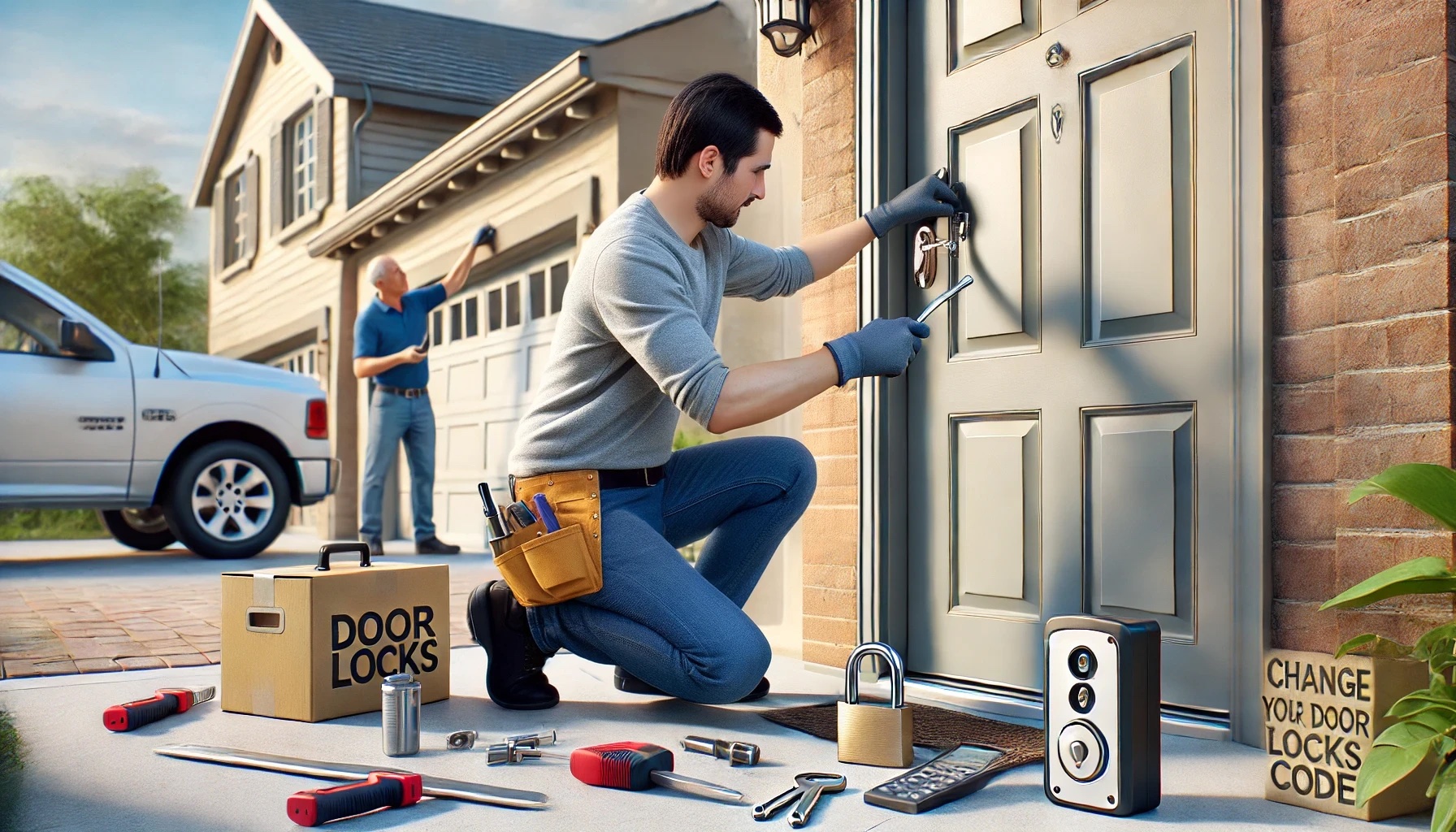
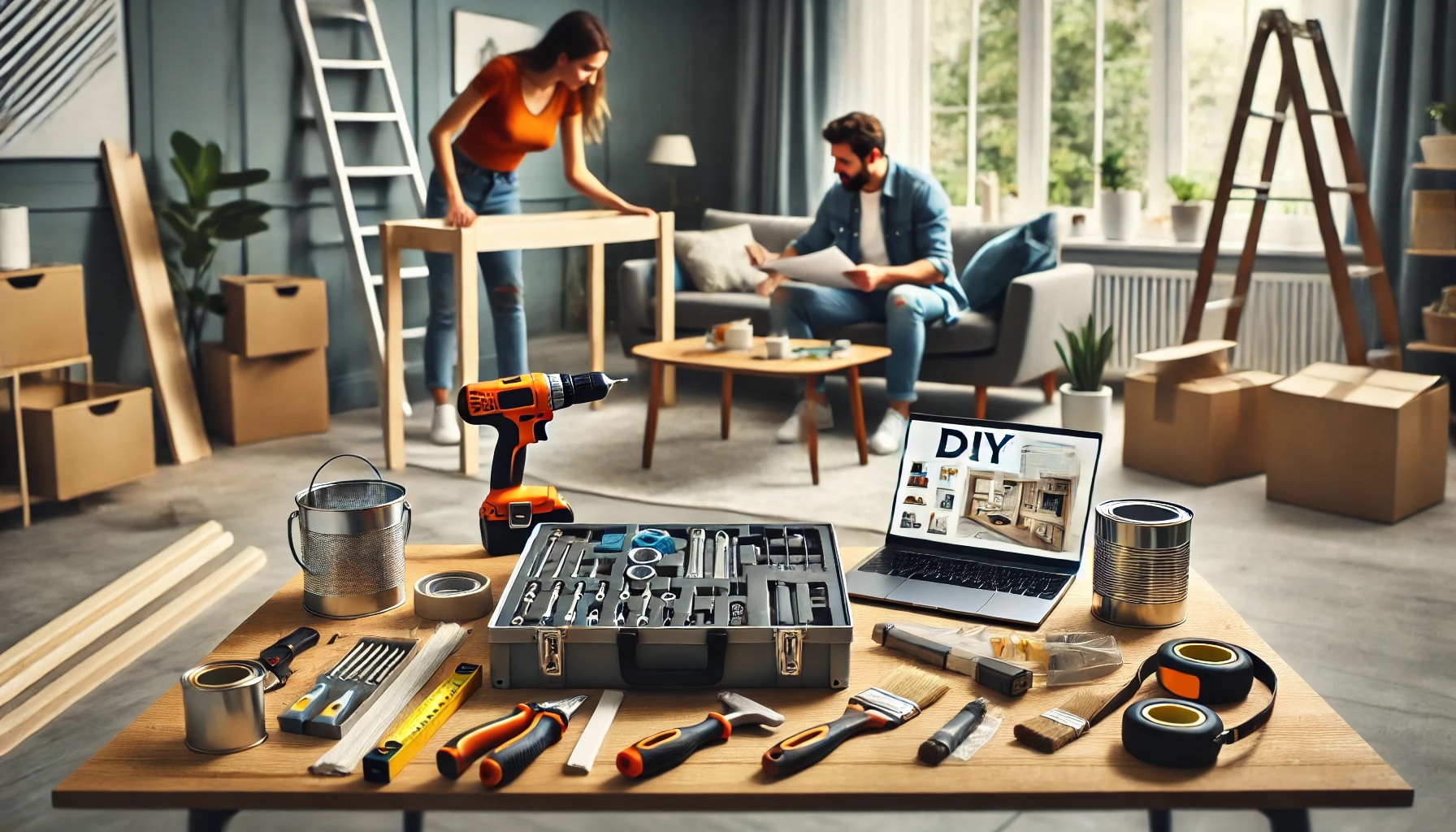
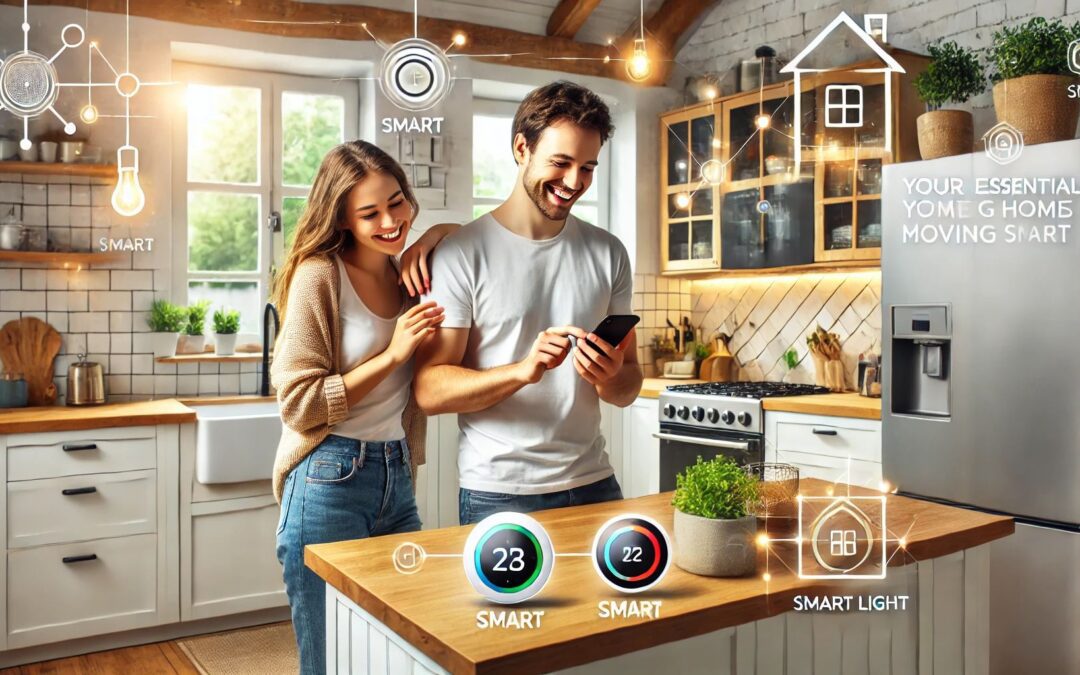
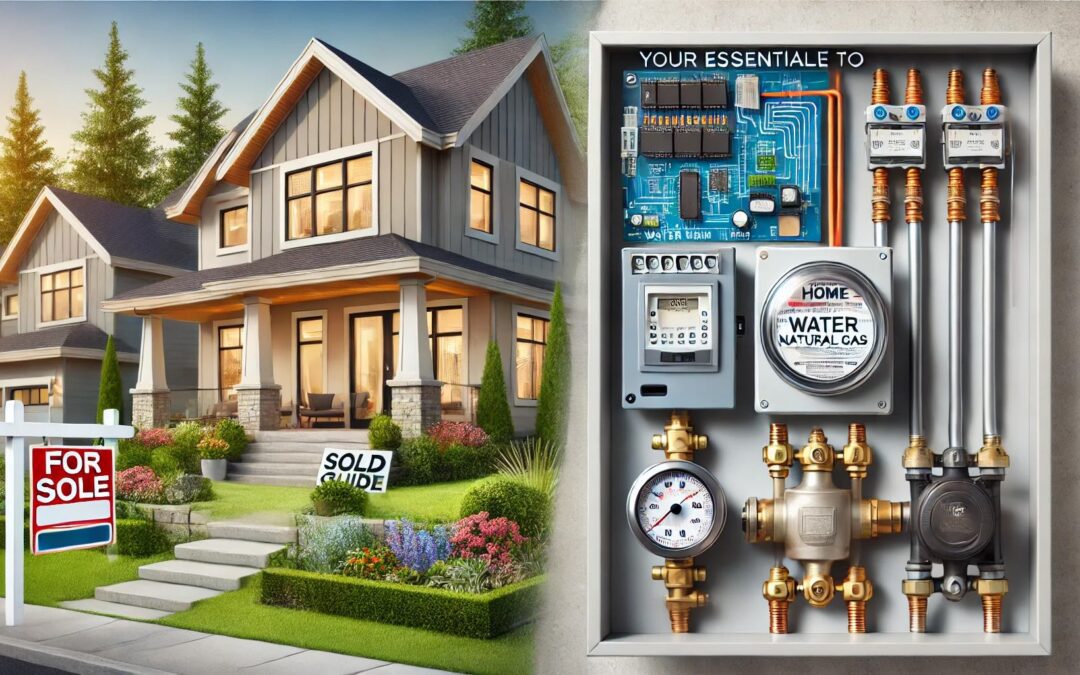
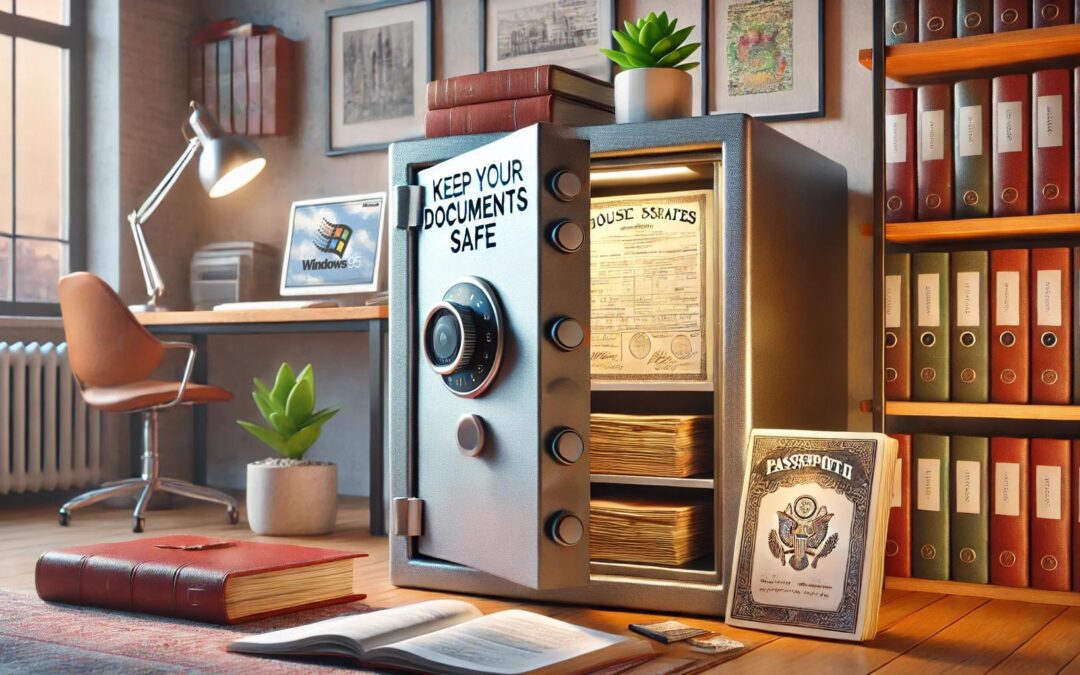


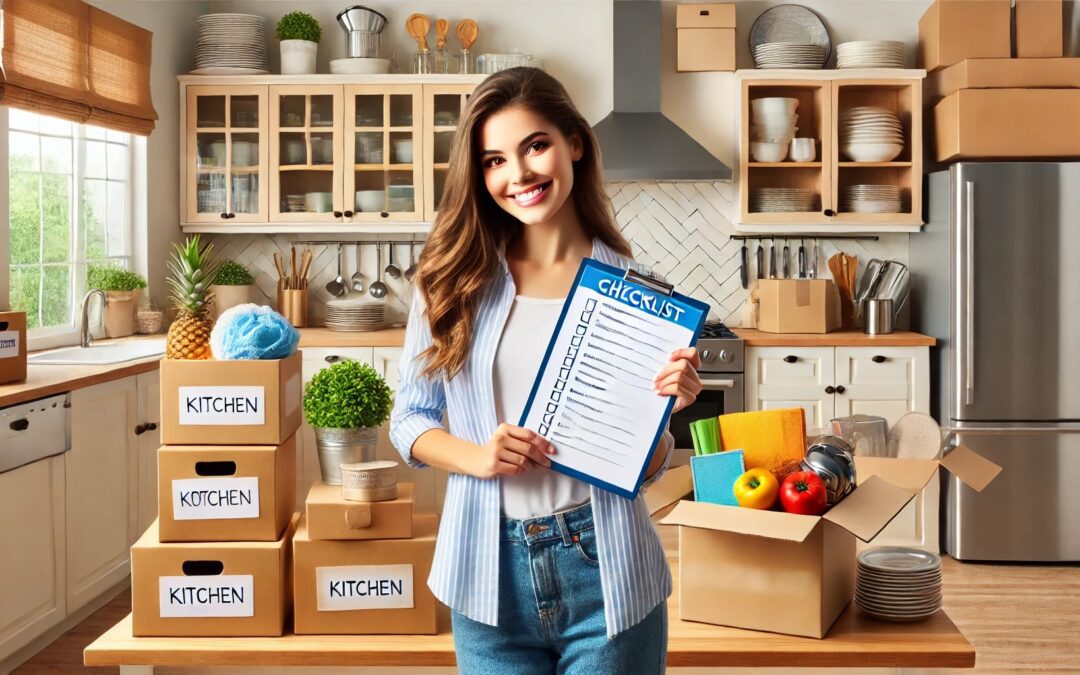
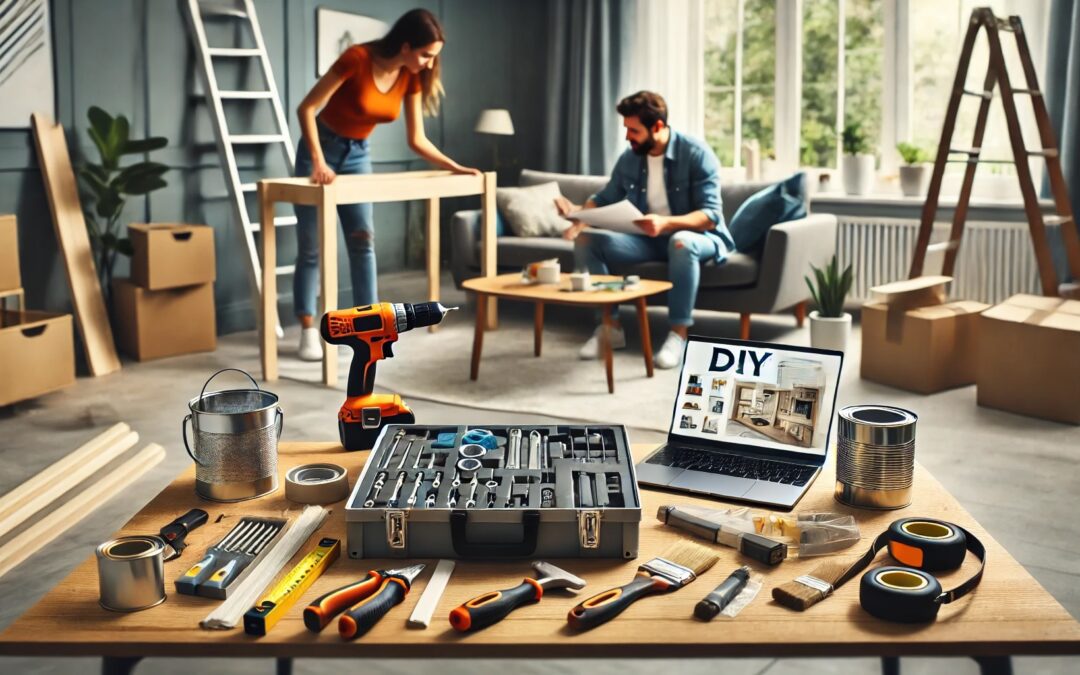
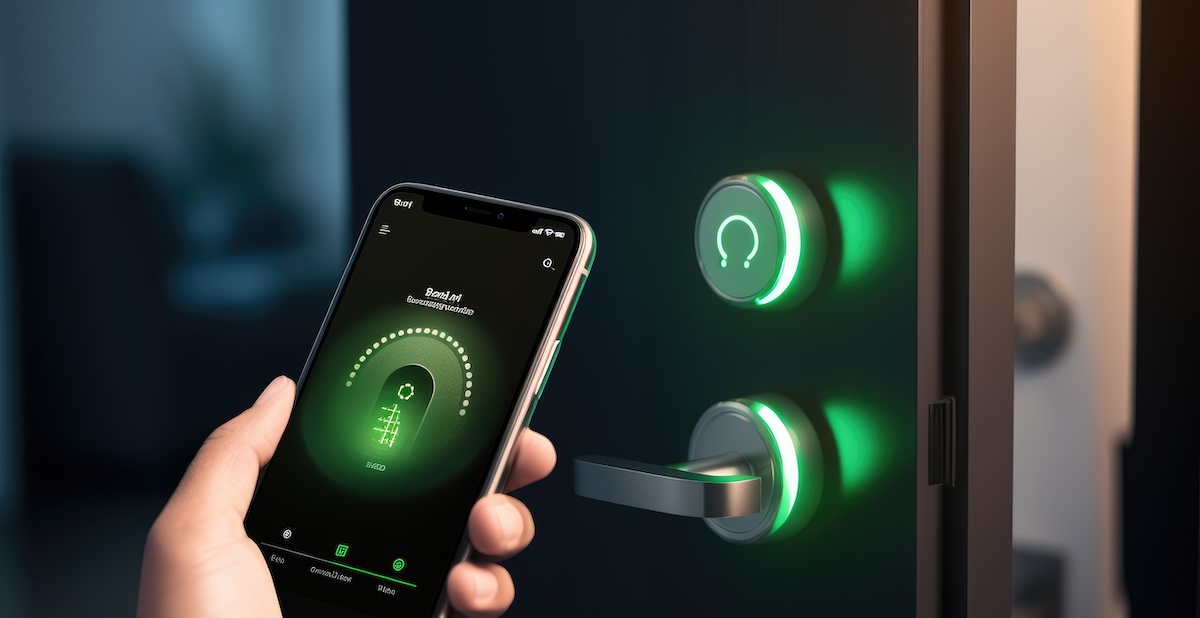
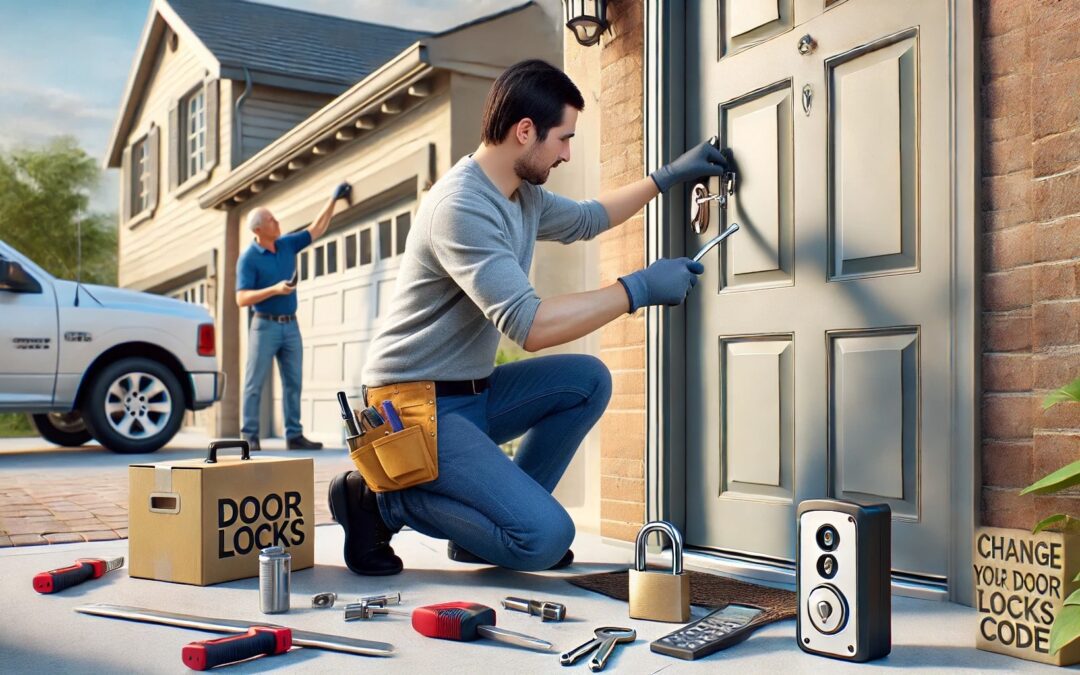
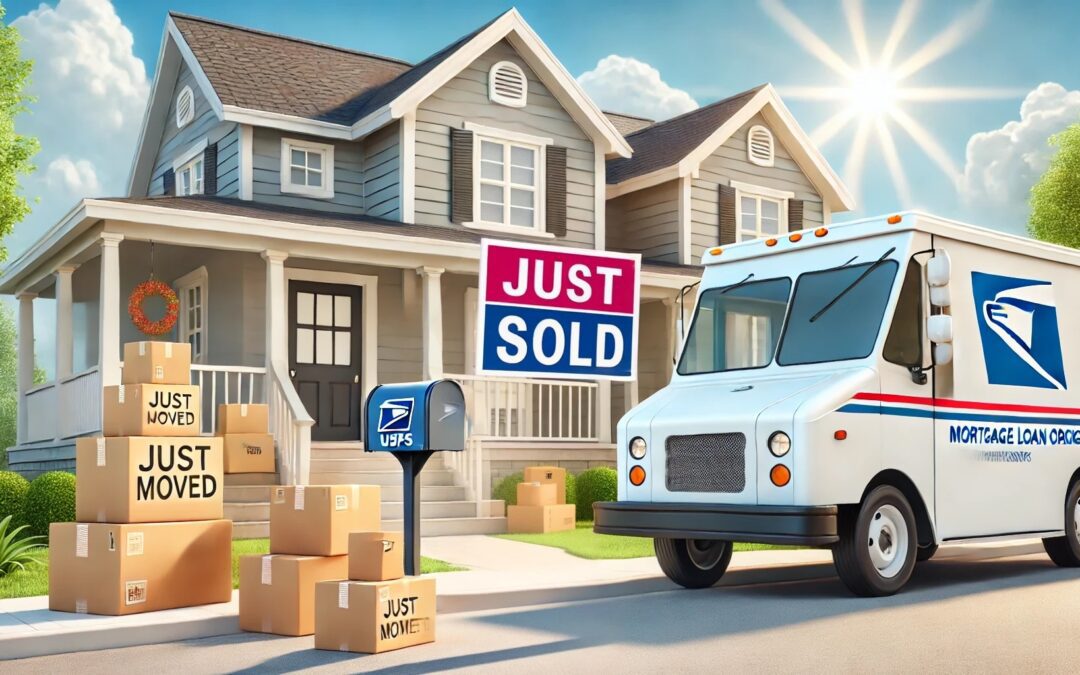




0 Comments